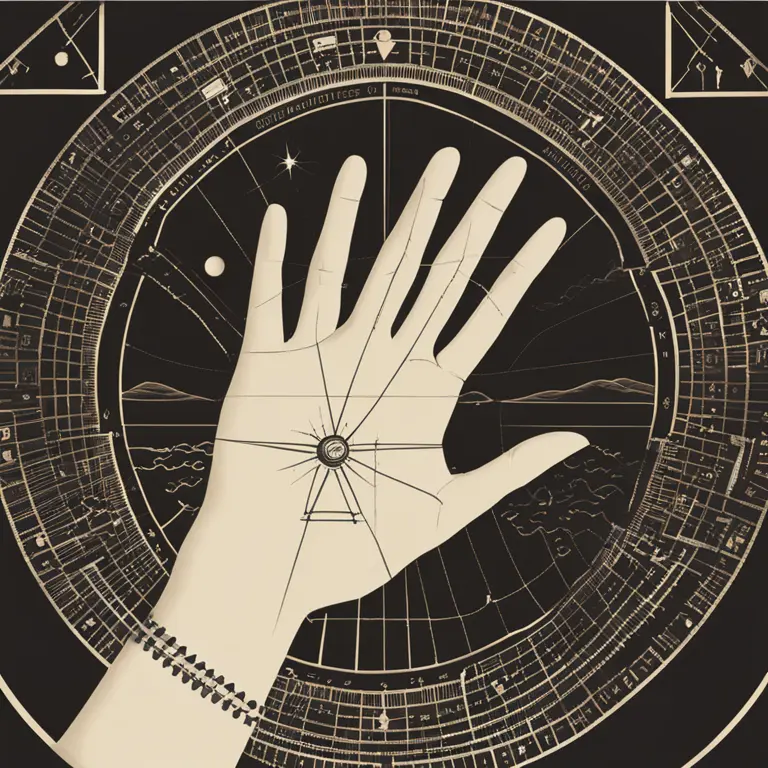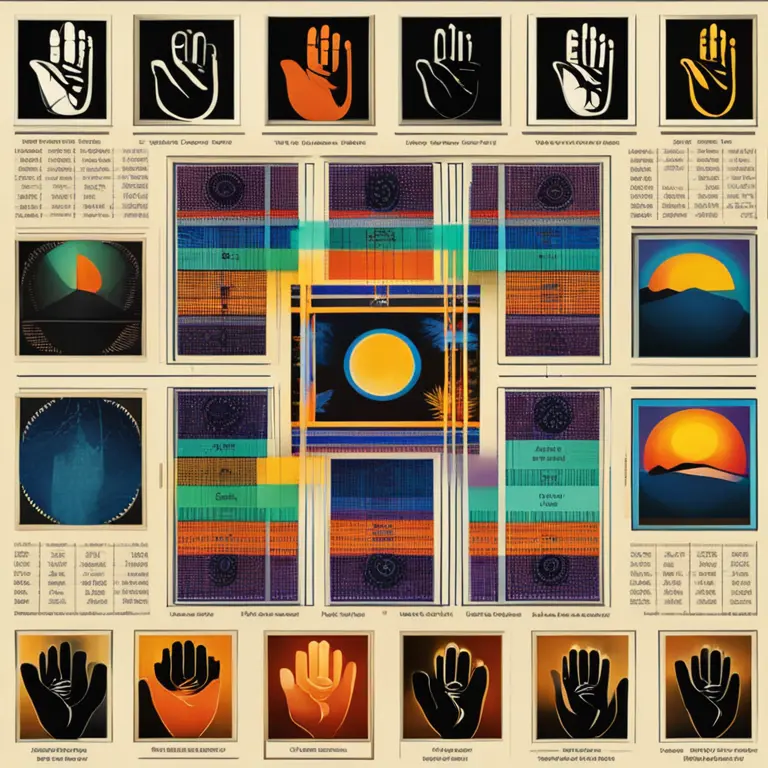
The Accuracy of Palmistry: Fact or Fiction?
Dive into the world of palmistry to discover its reliability and what experts say about the accuracy of reading one's future through hand lines.
article by Nora Pennington
The Enigmatic Practice of Palmistry
While palmistry, or chiromancy, has been practiced for thousands of years, tracing its roots back to ancient cultures such as India, China, and Egypt, its accuracy remains a subject of debate. Enthusiasts claim that by studying the palm's lines, mounts, and shapes, one can glean insights into a person's character and future prospects. In stark contrast, skeptics dismiss it as a pseudoscience, arguing that there is no empirical evidence to support its validity as a tool for accurate prediction.

Scientific Scrutiny and Studies
Scientific investigation into the accuracy of palmistry has been limited, and the studies conducted so far have yielded inconclusive results. Critics often point out the Forer effect, a psychological phenomenon wherein individuals believe vague, generalized statements to be highly accurate for them personally. Research suggests that personal bias and the reader's interpretive skills play a significant role in the perceived accuracy of palm readings.

Cultural Perception and Acceptance
In some cultures, palmistry is regarded with a sense of reverence and forms an integral part of traditional practices. Its use in matrimonial matchmaking in parts of Asia exemplifies how deeply embedded it is in certain societies. Contrastingly, in the Western world, palmistry is often viewed with skepticism and is typically associated with entertainment rather than genuine divination.

The Role of the Palmist
The accuracy of a palm reading can largely depend on the palmist's expertise and experience. Seasoned practitioners assert that palmistry is not just about reading lines, but also about interpreting the hand's texture, flexibility, and overall structure. However, this also opens up criticism of subjectivity, where two palmists may read the same hand very differently, calling into question the consistency and reliability of the practice.

Personal Experiences and Testimonies
Some individuals report astonishingly accurate readings that resonate with their personal experiences or future outcomes. These personal anecdotes contribute to palmistry's allure, enticing new individuals to explore the practice. While these stories can be compelling, they are not scientific proof of palmistry’s accuracy and hence cannot be generalized as evidence for its legitimacy.
Modern Palmistry and Technological Advances
In the digital age, palmistry has adapted with the creation of apps and online services that offer automated readings. Despite advances in image recognition and algorithmic interpretations, the efficacy and accuracy of these modern tools are subject to the same scrutiny as traditional methods. It remains to be seen whether technology can enhance the accuracy of palm readings or if it will simply perpetuate an ancient tradition in a new medium.
Conclusion: A Personal Belief or Science?
Ultimately, whether palmistry is accurate depends on one's personal belief in the practice. For those who hold it in high regard, palmistry provides guidance and insight. For skeptics, it is a curiosity at best, devoid of any real predictive power. As of 2024, the scientific community does not recognize palmistry as an accurate measure of one's future or personality. Future research may provide more insights, but for now, palmistry remains a matter of personal conviction rather than scientific consensus.
Published: 1/11/2024
Modified: 1/12/2024
More predictions
Come back here soon to learn more about yourself and your future


Can Palmistry Predict Your Path Incorrectly?
Delving into the accuracy of palm readings, this article examines whether palmistry can lead to incorrect predictions about one's life and destiny.


Can Palmistry Foresee One’s Demise?
Delve into the contentious debate about whether palmistry can predict the end of life and the ethical considerations of such a claim.


Palmistry: The Historical Overview
Delve into the dawn of palmistry and trace its journey through the corridors of time, uncovering the roots of this ancient practice.